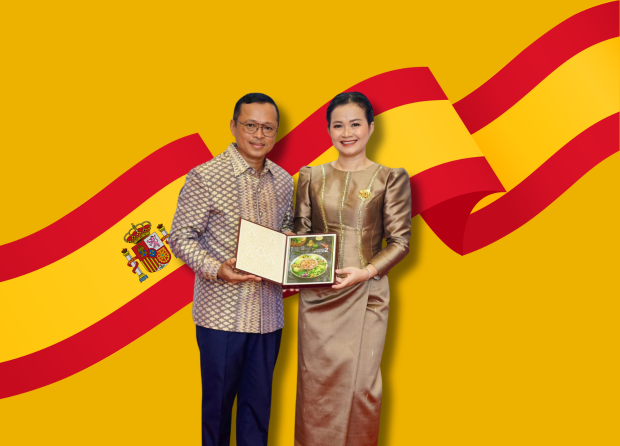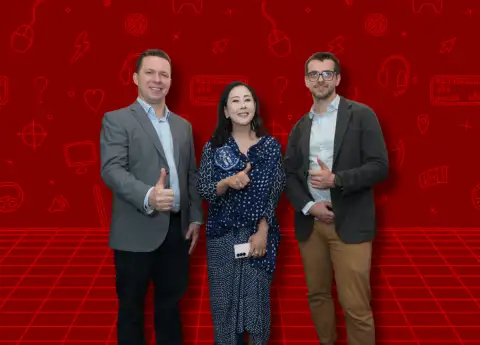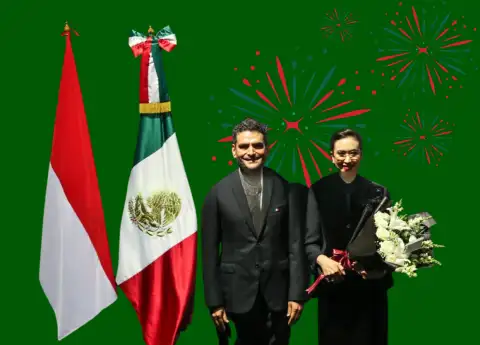HOW JAPANESE RUN EFFICIENT MEETINGS?
Implementing Japanese run meetings helps us to work faster.

I have a lot of experience doing business meetings with various people, and for me, having a meeting with Japanese is the most efficient one. We all know that the Japanese have a strong character in their discipline implementation. It’s seen very clearly in how they conduct business meetings. By implementing how Japanese run an efficient meeting, hopefully, we can drive our team to deliver quality work much faster and chart on a better path together.
When conducting a weekly updated meeting
The most annoying thing about the meeting is it often takes too long, and the conversation spreads in uncontrollable ways. Japanese get used to set up the time limitation for a meeting, and they stick to the plan. Before, we need to know the purpose of our meeting—is it for a big brainstorming session or weekly updating workflow? For the last one, keep the conversation short and aim to be under 60 minutes. At the end of the meeting, give a review of the next steps, so everyone leaves knowing what they are responsible for. Make sure this includes due dates so that at the start of the next meeting, you can have updates on progress.
When brainstorming is needed
Brainstorming work sessions may take longer. Oftentimes, the Japanese conduct at 3 pm for long meetings as it helps prevent that late afternoon slump. Morning meetings for groupthink sessions are avoided because they may interrupt the workflow. Set an agenda and make everyone know. If during the meeting you realize a decision will take longer, then set it aside. Try to consider how much longer to spend discussing, which will make the team feel included in the process instead of being held hostage by endless discussion.
Send documents in advance
Japanese would like to know what we are going to talk about in a meeting. They are very concerned with details and numbers. Because of my experience working with them, I usually send the presentation slides or documents in advance. Why? They need time to learn those and (maybe) prepare a bullet shot to attack us, in a positive context.
Japanese like well-structured documents, according to their philosophical model called ki-sho-ten-ketsu (introduction, body, example, conclusion). The emphasis is on giving the context and often leaving the audience to figure out the conclusion. The calculation is the key, so you have to show the working out, not just the answer, to get full points.
#THE S MEDIA #Media Milenial


























